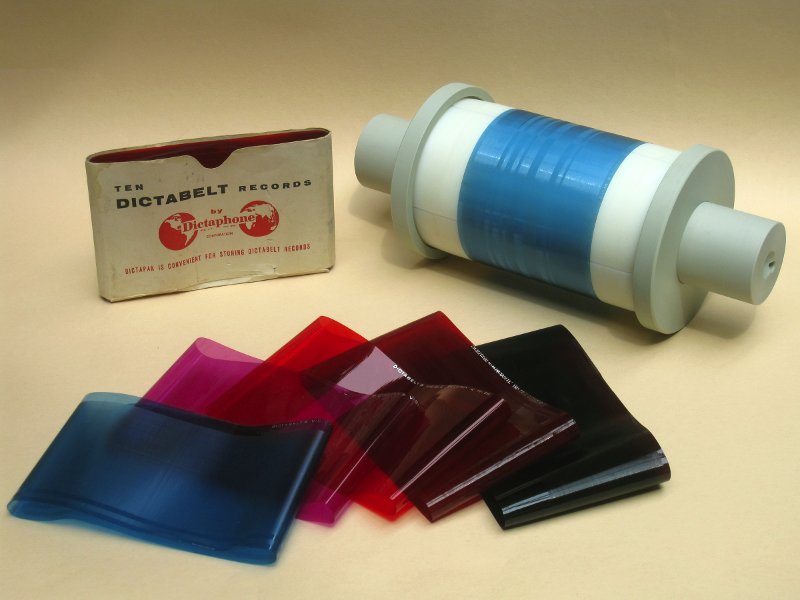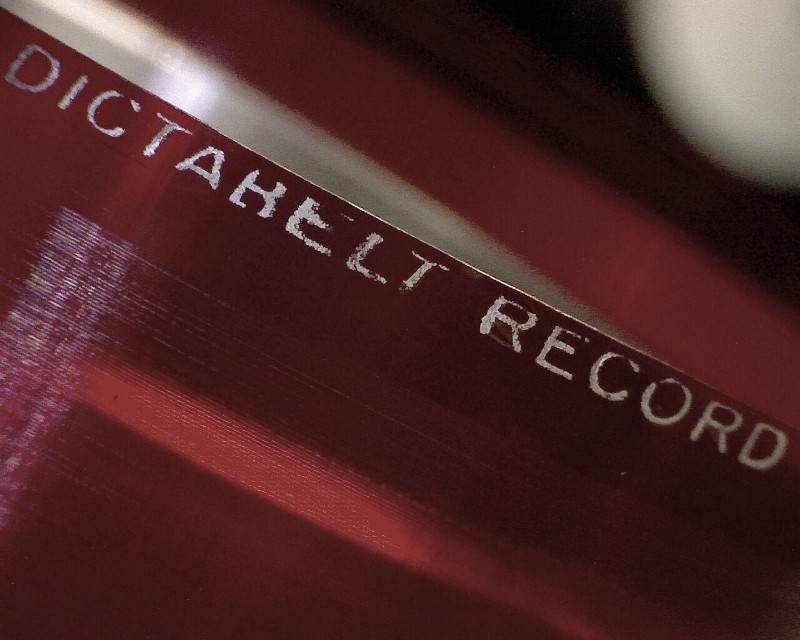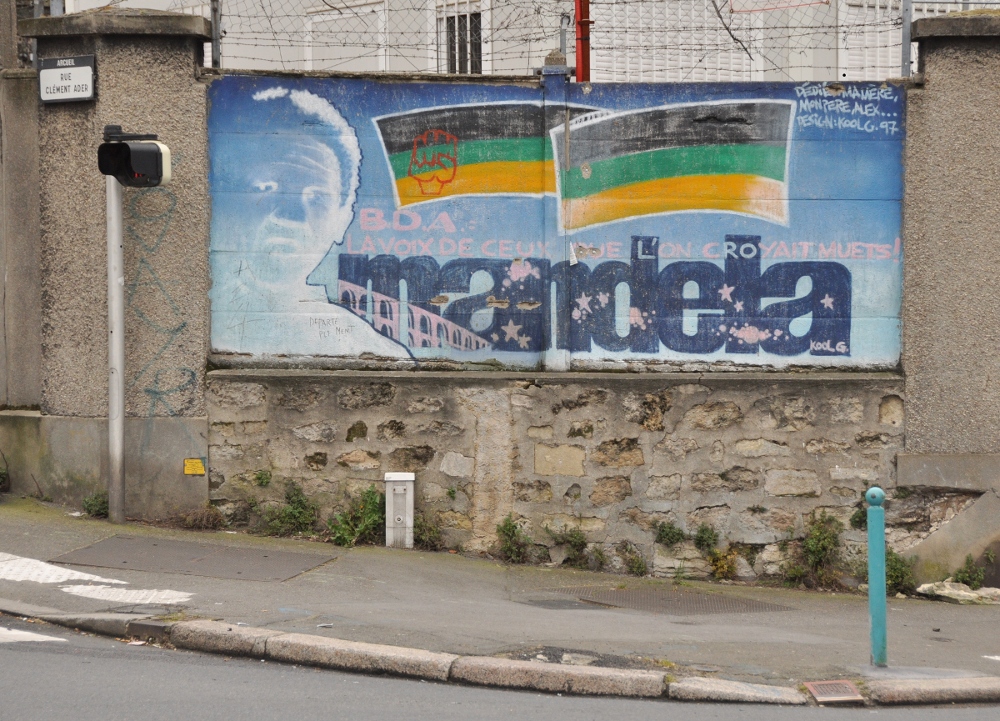As a research engineer, a member since 2010 of the Laboratoire de recherche historique Rhône-Alpes
(LARHRA UMR CNRS 5190), and inventor in 1998 of the Archeophone,
initially intended solely for reading old phonographic wax or celluloid cylinders, I was able with this device to
read and digitize all the Rivonia Trial dictabelts between late 2014 and early 2016. This digitization work, followed
by editing of the 230 hours of recordings, took a little over 15 months. My recognized expertise in preserving wax
cylinders, and more broadly in recovering hard-to-read sound media, led to an agreement between Ina and LARHRA in
November 2014 to carry out the digitization of the Rivonia dictabelts under the best technical conditions. At Ina,
Brice Amouroux coordinated the project, while Patrick Louvet, Ina's expert on rare sound media, conducted the quality
control of the digitized production.
It is worth noting that among the 591 dictabelts in the collection, the seven recorded by Nelson Mandela himself
(deposition at the defendants' bench, April 20, 1964) had already been
digitized in 2001 in London
at the British Library using both refined and rustic methods. Among the means then assembled was the use of an old portable dictabelt
player subtly motorized for the occasion and
placed on a laboratory hot plate
to smooth out the folds of the rotating dictabelts, allowing for playback with minimal skipping...
In fact, two of these seven dictabelts, perhaps due to these manipulations, are damaged: they bear severe scratches not found in
the rest of the collection, typically resulting from mishandling on a period device.
While it is possible to read a few dictabelts correctly with old machines, the reliability for reading numerous or sensitive
archives is compromised. After making a first prototype
dictabelt mandrel in 2007, I developed in 2013 an adjustable-diameter mandrel designed to allow reading of
dictabelts on the archeophone. In this latter process, the tension applied by the mandrel's jaws spreads across the entire
surface of the dictabelt, effectively reducing the negative impact of folds without mechanical crushing or deformation of
the medium, and without heating to soften or relax the vinyl: in short, the document is not damaged during reading.
As the first listener of all these recordings, I lived through every minute of the Rivonia Trial, or at least what remains of
it: by listening carefully to these dialogues in English and constantly checking the slow progress of the playback, repeated
if necessary, until the best result was obtained. Certainly, the experience was unique. At first glance, this trial resembles
many others, and it is not surprising to discover the deep and always calm voice of Judge
Quartus de Wet (1899-1980),
who speaks very little, very different from the voice of Prosecutor
Percy Yutar (1911-2002)
who is heard at every moment during interminable interrogations, with a systematically exaggerated chromatic rise
at the end of each question. In fact, the emotion is everywhere in this hearing, with every new voice discovered,
especially those of the numerous secondary witnesses: some are absolutely terrified. But in listening to the voices
of the main defendants in this trial, their patient answers, their solemn statements, the support they give each other,
one truly feels how, together, these voices transformed this trial into a platform for equality. In particular,
one could list the numerous occurrences of a phrase like "I am not prepared to disclose any of my friends",
pronounced by Ahmed Kathrada,
by Walter Sisulu, and by others,
once again proving, with the power of the voices themselves, the strength and value of these exceptional characters.
These recordings do not deliver the final verdict. Complete sessions, mornings and afternoons, are recorded daily,
continuously, by two properly relayed devices, but it is not a complete capture of the trial. The last recording indeed
dates from May 18, 1964, a few weeks before the final verdict (June 12, 1964). The Rivonia dictabelts are not housed in
their eight albums in strict chronological order, and the entire collection rather resembles a file added to the pieces
of evidence. One will not hear the opening session: neither "Oyez! Oyez!", nor any other interjection evoking any solemnity,
but instead, microphone tests, background noises: sounds of folding chairs or swinging doors, chair noises as everyone stands up.
Officially, the trial begins on November 26, 1963, but the very first recording dates from the 29th, beginning with an ongoing
debate about the possibility of canceling the indictment process.
Despite the presence of crackling and other alterations familiar to vinyl listeners, the entire collection is already
perfectly audible. Nevertheless, it remains to be perfected, this work being carried out within the team of Vincent Fromont,
Ina's head of audio restorations, and executed by Quentin Geffroy. A complete copy of the entire collection is accessible to
researchers of all disciplines at the Ina-THEQUE.
For its part, South Africa disseminates and gives visibility to this monument of its history on the
NARSSA pages.






